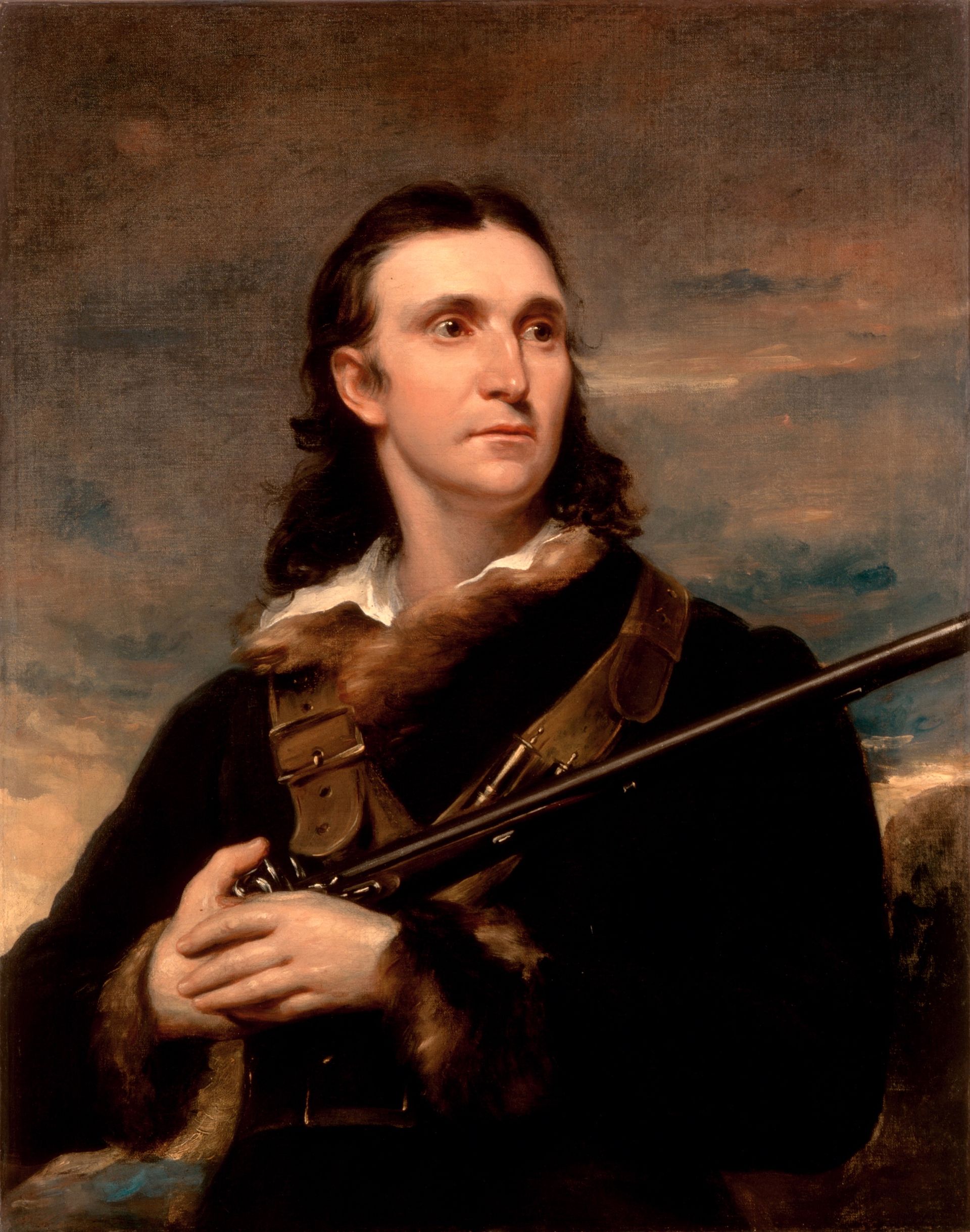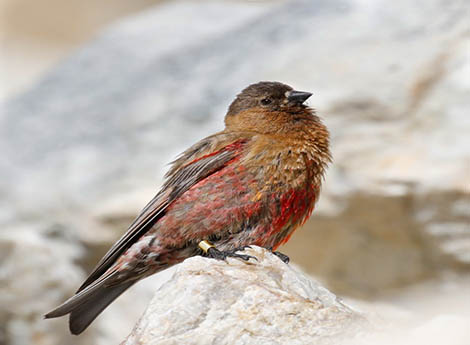FCAS Presents
JJ Audubon
"Never give up listening to the sounds of birds."

J. J. Audubon, by John Syme, 1826.
"Brown-capped Rosy-Finches: Sirens of the Mountain Tops"
Thursday, September 14, 2017
Fort Collins Senior Center, 1200 Raintree Dr.
Social Time: 7 p.m.; Program 7:20 p.m.

Brown-capped Rosy Finches (Leucosticte australis) nest at higher elevations than any other bird species in the United States, and their breeding distribution is almost entirely limited to Colorado. They spend most of the year well above tree line, feeding on seeds and insects on snow fields and in short tundra vegetation moving to lower elevations for short periods during winter storms. Despite residing in an almost pristine environment for most of the year, Brown-capped Rosy Finches have declined by as much as 95% over the past 50 years and, unfortunately, we don’t know why. The Bird Conservancy of the Rockies in collaboration the Denver Museum of Nature and Science, the University of California at Santa Cruz, Colorado Parks and Wildlife, the US Fish and Wildlife Service, and the US Forest Service is initiating a research program to better understand the causes of their decline. Luke George will summarize the little information we currently know about rosy finches and our plans for future research.
Luke has spent a lifetime studying birds across North America. His interest in birds started when he was an undergraduate at Reed College under the mentorship of David DeSante (Founder of the Institute for Bird Populations). From there he went to the University of New Mexico where he earned his Master’s and PhD followed by post-doctoral research on grassland birds at Colorado State University. He became a faculty member in the Wildlife Department at Humboldt State University in 1991 and taught there for 21 years before moving into the Science Director position at the Bird Conservancy. His research has focused on songbird ecology, demography, habitat selection, and conservation but he has worked on a variety of species including Greater Sage-grouse, Golden Eagles, Northern Spotted Owls, and small mammals. He has authored more than 75 scientific papers and technical reports on wildlife research and natural resource conservation and management and was the lead editor of a monograph entitled “The effects of habitat fragmentation on birds in western landscapes: contrasts with paradigms from the eastern United States”. From 2011-2014 he was a member of the Independent Science Review Panel that reviewed the Bay Delta Conservation Plan. In addition to his role as Science Director at the Bird Conservancy, he currently is teaching a course in the department of Fish, Wildlife, and Conservation Biology at Colorado State University.
Join us! This program is free and the public is welcomed. 
